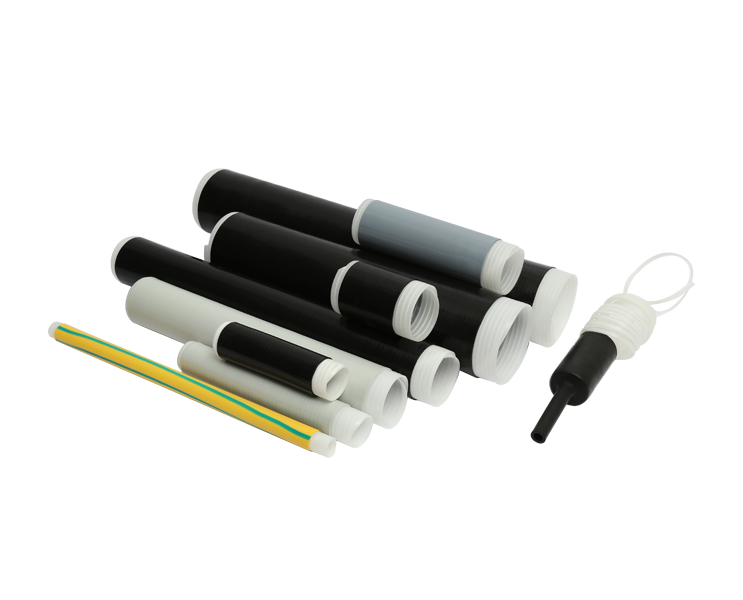Wholesale Design Separable Insulated Connectors Manufacturer Company Price
One technology that addresses these concerns is separable insulated connectors (SICs). These connectors play a crucial role in electrical systems by facilitating the safe and efficient connection and disconnection of cables and equipment.
Separable insulated connectors are specialized components designed to connect, disconnect, and re-connect electrical conductors without the need for tools or specialized training. Unlike traditional hard-wired connections, SICs offer flexibility and convenience, allowing for rapid installation, maintenance, and repairs. The key feature of separable insulated connectors is their insulation, which provides protection against electrical shock and prevents accidental contact with live parts, enhancing safety in electrical systems.
The versatility of separable insulated connectors makes them indispensable across a wide range of industries and applications. In the utility sector, SICs are commonly used for medium and high-voltage power distribution systems, enabling quick and safe connections in substations, switchyards, and underground installations. In renewable energy projects such as wind farms and solar power plants, separable insulated connectors facilitate the interconnection of cables and equipment, supporting the efficient generation and transmission of clean energy. Moreover, SICs find application in industrial settings, telecommunications networks, and transportation infrastructure, where reliability, durability, and safety are paramount considerations.
Separable insulated connectors offer several benefits that contribute to enhanced electrical performance and reliability. By providing a secure and insulated connection, SICs small the risk of electrical faults, arc flashes, and equipment damage, thereby improving system uptime and longevity. The modular design of separable insulated connectors allows for easy expansion, modification, and reconfiguration of electrical systems, accommodating evolving requirements and technologies. Additionally, the use of SICs reduces installation time and labor costs, making them a cost-effective solution for electrical projects of all scales.
Safety is a primary consideration in the design, manufacture, and installation of separable insulated connectors. These connectors must meet stringent standards and regulatory requirements to ensure proper insulation, mechanical integrity, and electrical performance. Industry standards such as IEEE, IEC, and NEC govern the design and testing of SICs, covering aspects such as dielectric strength, temperature rating, moisture resistance, and compatibility with different cable types. Adherence to these standards is essential to guarantee the safe and reliable operation of electrical systems employing separable insulated connectors.
Environmental Sustainability and Lifecycle Considerations
In addition to safety and performance, environmental sustainability is an increasingly important consideration in the selection of electrical components. Separable insulated connectors contribute to sustainability by reducing material waste, energy consumption, and carbon emissions associated with installation, maintenance, and decommissioning activities. Furthermore, the recyclability of SIC materials such as thermoplastics and metals promotes resource conservation and circular economy principles. When evaluating separable insulated connectors, lifecycle considerations such as durability, longevity, and end-of-life management should be taken into account to small environmental impact.
In conclusion, separable insulated connectors play a vital role in enhancing electrical safety, efficiency, and reliability across a diverse range of applications. Their insulation, versatility, and compliance with industry standards make them indispensable components in modern electrical systems. By embracing separable insulated connectors, engineers, contractors, and facility managers can ensure the integrity and resilience of electrical infrastructure while small risks to personnel and equipment.

 English
English 简体中文
简体中文



